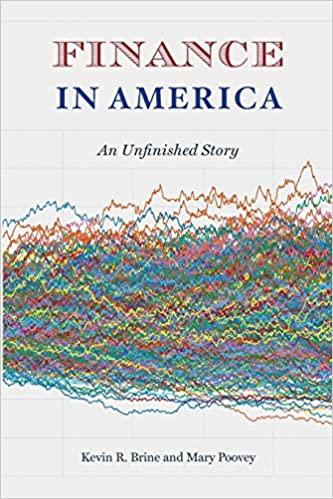Five banks offer nominal rates of 9% on deposits, but A pays interest annually, B pays semiannually, C pays quarterly, D pays nonthly, and E pays daily. Assume 365 days in a year. 1. What effective annual rate does each bank pay? If you deposit $4,000 in each bank today, how much will you have in each bank at the end of 1 year? 2 years? Round your answers to two decimal places. 2. If the TVM is the only consideration, what nominal rate will cause all of the banks to provide the same effective annual rate as Bank A? Round your answers to two decimal places. 3. Suppose you don't have the $4,000 but need it at the end of 1 year. You plan to make a series of deposits - annually for A, semiannually for B, quarterfy for C, monthly for D, and dally for E - with payments beginning today. How large must the payments be to each bank? Round your answers to the nearest cent. 2. If the TVM is the only consideration, what nominal rate will cause all of the banks to provide the same effective annual rate as Bank A? Round your answers to two decimal places. 3. Suppose you don't have the $4,000 but need it at the end of 1 year. You plan to make a series of deposits - annually for A, semiannually for B, quarterly for C, monthly for D, and dally for E - with payments beginning today. How large must the payments be to each bank? Round your answers to the nearest cent. Five banks offer nominal rates of 9% on deposits, but A pays interest annually, B pays semiannually, C pays quarterly, D pays nonthly, and E pays daily. Assume 365 days in a year. 1. What effective annual rate does each bank pay? If you deposit $4,000 in each bank today, how much will you have in each bank at the end of 1 year? 2 years? Round your answers to two decimal places. 2. If the TVM is the only consideration, what nominal rate will cause all of the banks to provide the same effective annual rate as Bank A? Round your answers to two decimal places. 3. Suppose you don't have the $4,000 but need it at the end of 1 year. You plan to make a series of deposits - annually for A, semiannually for B, quarterfy for C, monthly for D, and dally for E - with payments beginning today. How large must the payments be to each bank? Round your answers to the nearest cent. 2. If the TVM is the only consideration, what nominal rate will cause all of the banks to provide the same effective annual rate as Bank A? Round your answers to two decimal places. 3. Suppose you don't have the $4,000 but need it at the end of 1 year. You plan to make a series of deposits - annually for A, semiannually for B, quarterly for C, monthly for D, and dally for E - with payments beginning today. How large must the payments be to each bank? Round your answers to the nearest cent








